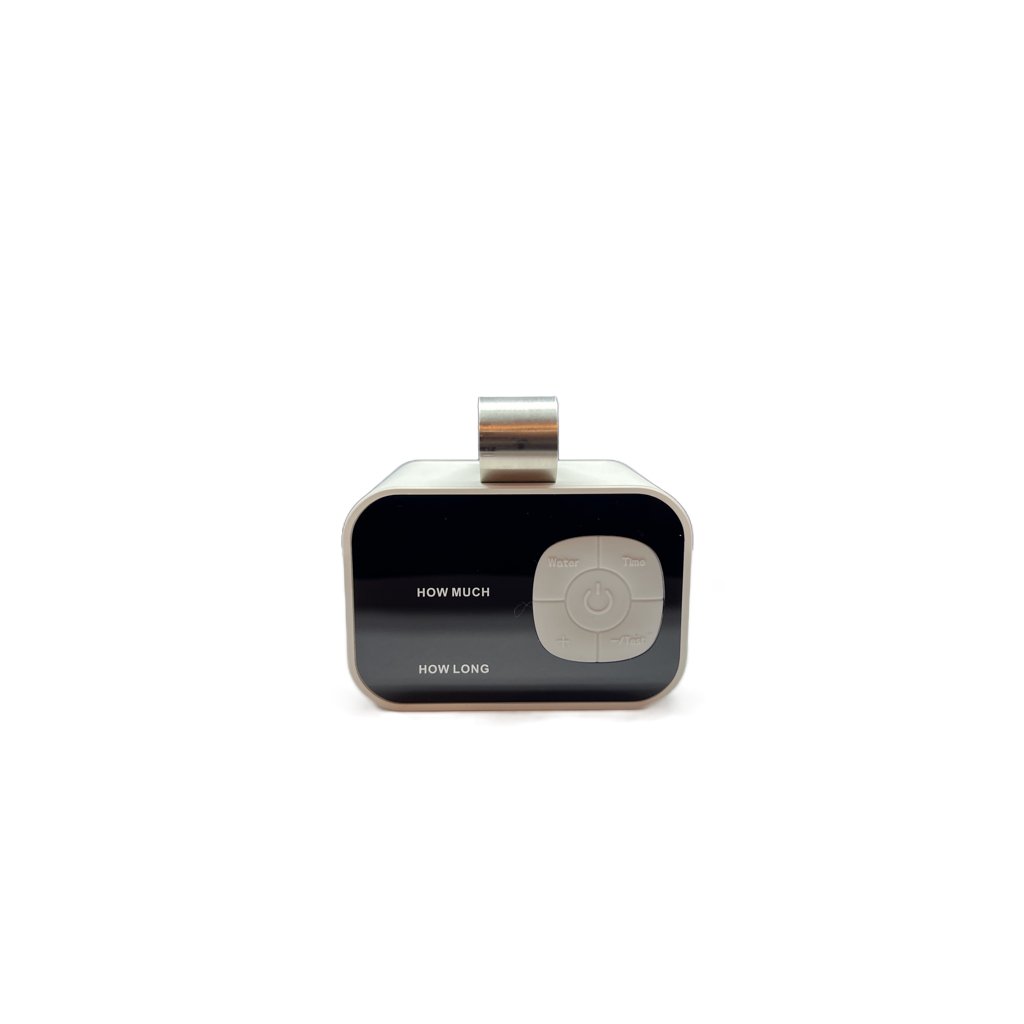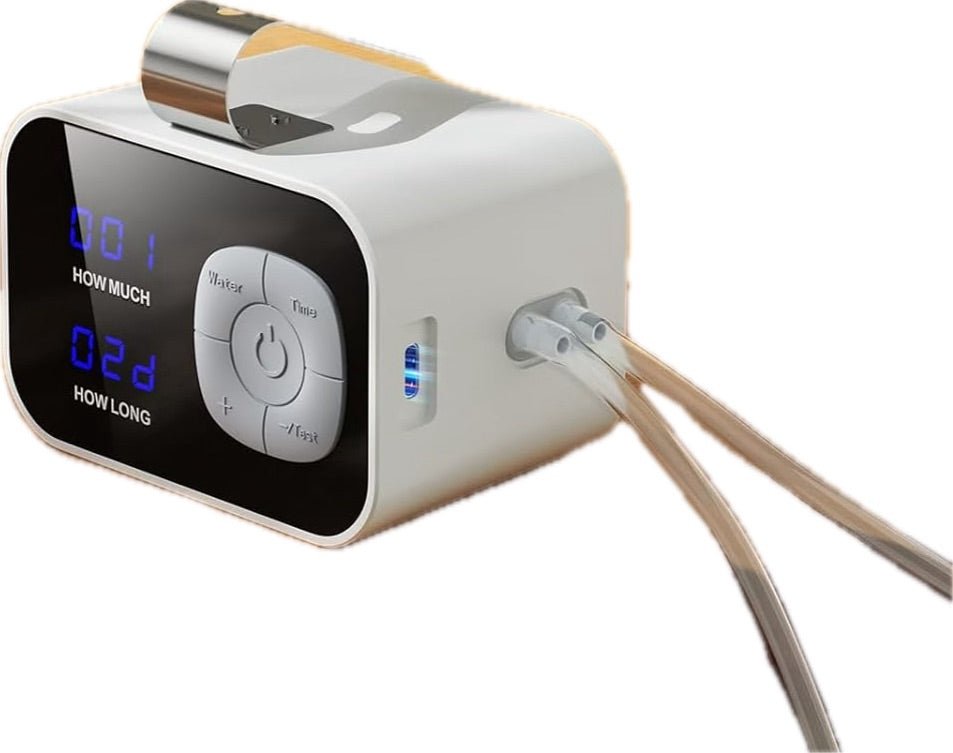A Homebuyer's Guide: Inspecting Your HVAC System
Share
Introduction:
When purchasing a new home, one of the crucial areas to inspect is the HVAC (Heating, Ventilation, and Air Conditioning) system. A properly functioning HVAC system is essential for maintaining comfort and air quality in your new home. In this guide, we'll walk you through the key steps to inspecting your HVAC system during a home inspection.
1. Check the Age and Maintenance History:
- Determine the age of the HVAC system. Typically, HVAC systems have a lifespan of 10-15 years.
- Review the maintenance history. Regular maintenance indicates proper care and may extend the system's lifespan.
2. Assess the Heating and Cooling Performance:
- Test the heating and cooling functions by adjusting the thermostat settings.
- Listen for unusual noises such as banging, rattling, or squealing, which could indicate issues with the system.
3. Inspect Air Filters and Ductwork:
- Check the condition of the air filters. Dirty or clogged filters can reduce efficiency and indoor air quality.
- Inspect the ductwork for signs of leaks, damage, or poor insulation. Leaky ducts can lead to energy loss and uneven heating or cooling.
4. Examine the Outdoor Unit:
- Inspect the outdoor condenser unit for any damage, corrosion, or debris buildup.
- Ensure there is adequate clearance around the unit for proper airflow.
5. Test the Thermostat and Controls:
- Test the thermostat to ensure it accurately controls the temperature.
- Check the functionality of other controls such as fans, modes, and programmable settings.
6. Look for Signs of Moisture or Water Damage:
- Inspect around the HVAC system for signs of water stains, mold, or moisture buildup, which could indicate leaks or drainage issues.
7. Evaluate Energy Efficiency:
- Consider the energy efficiency rating of the HVAC system. Higher efficiency systems can lead to lower utility bills and reduced environmental impact.
Conclusion:
A thorough inspection of the HVAC system is essential for ensuring your new home is comfortable, safe, and energy-efficient. By following these steps and seeking professional assistance if needed, you can make informed decisions about your home purchase and avoid unexpected HVAC issues down the road.
When purchasing a new home, one of the crucial areas to inspect is the HVAC (Heating, Ventilation, and Air Conditioning) system. A properly functioning HVAC system is essential for maintaining comfort and air quality in your new home. In this guide, we'll walk you through the key steps to inspecting your HVAC system during a home inspection.
1. Check the Age and Maintenance History:
- Determine the age of the HVAC system. Typically, HVAC systems have a lifespan of 10-15 years.
- Review the maintenance history. Regular maintenance indicates proper care and may extend the system's lifespan.
2. Assess the Heating and Cooling Performance:
- Test the heating and cooling functions by adjusting the thermostat settings.
- Listen for unusual noises such as banging, rattling, or squealing, which could indicate issues with the system.
3. Inspect Air Filters and Ductwork:
- Check the condition of the air filters. Dirty or clogged filters can reduce efficiency and indoor air quality.
- Inspect the ductwork for signs of leaks, damage, or poor insulation. Leaky ducts can lead to energy loss and uneven heating or cooling.
4. Examine the Outdoor Unit:
- Inspect the outdoor condenser unit for any damage, corrosion, or debris buildup.
- Ensure there is adequate clearance around the unit for proper airflow.
5. Test the Thermostat and Controls:
- Test the thermostat to ensure it accurately controls the temperature.
- Check the functionality of other controls such as fans, modes, and programmable settings.
6. Look for Signs of Moisture or Water Damage:
- Inspect around the HVAC system for signs of water stains, mold, or moisture buildup, which could indicate leaks or drainage issues.
7. Evaluate Energy Efficiency:
- Consider the energy efficiency rating of the HVAC system. Higher efficiency systems can lead to lower utility bills and reduced environmental impact.
Conclusion:
A thorough inspection of the HVAC system is essential for ensuring your new home is comfortable, safe, and energy-efficient. By following these steps and seeking professional assistance if needed, you can make informed decisions about your home purchase and avoid unexpected HVAC issues down the road.







